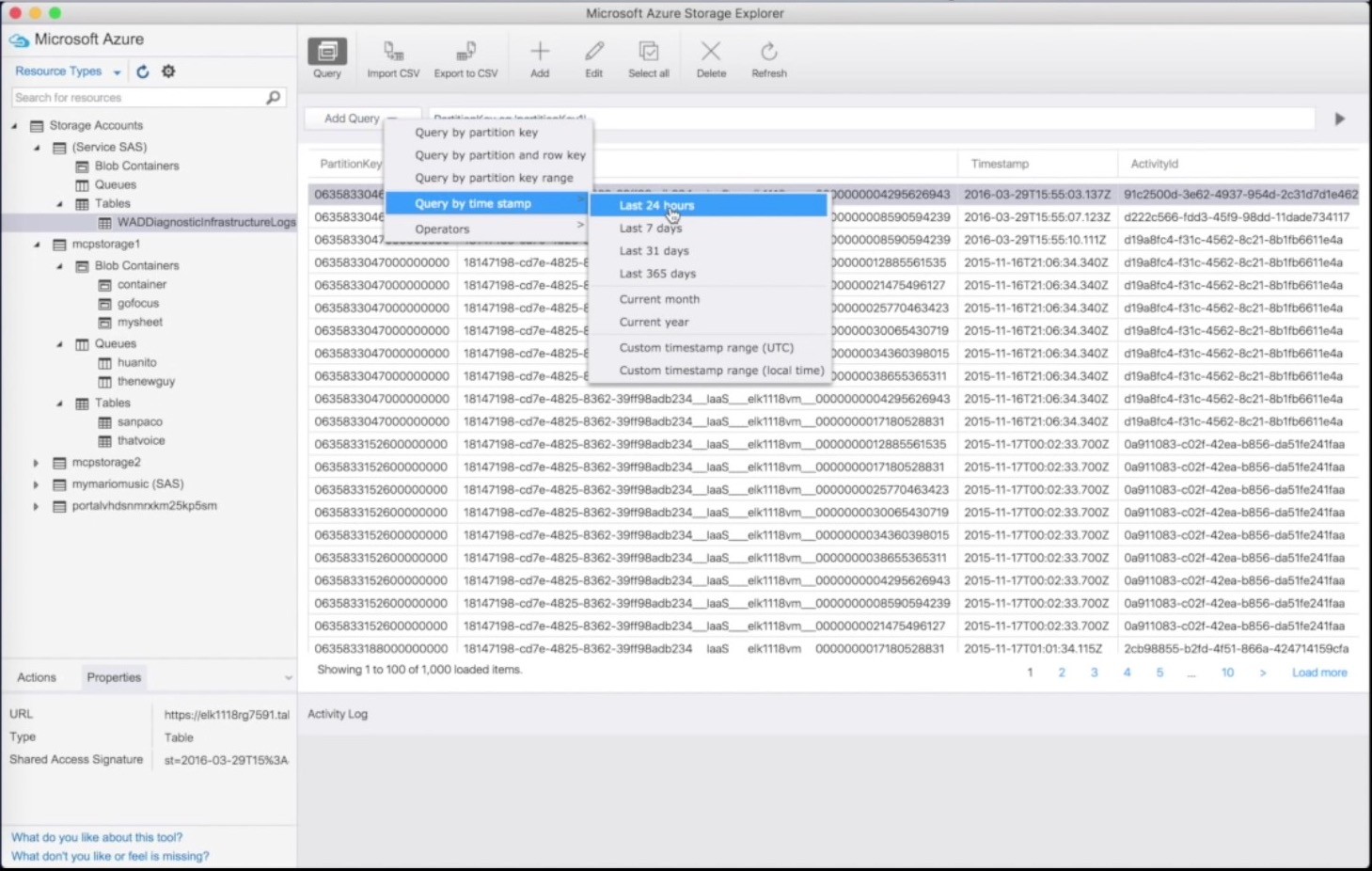
- #Download microsoft azure storage explorer how to#
- #Download microsoft azure storage explorer install#
- #Download microsoft azure storage explorer update#
- #Download microsoft azure storage explorer code#
That's it! Azure Storage Explorer has been successfully installed on Ubuntu 20.04, which allows you to explore and manage the containers, file shares, tables, and queues in your Azure storage account.

$ snap connect storage-explorer:password-manager-service :password-manager-service Connect Storage Explorer to the password manager using the following command.

Storage-explorer 1.19.1 from Microsoft Azure Storage Tools (msft-storage-tools) installedĪzure Storage Explorer uses the password manager in Ubuntu 20.04.
#Download microsoft azure storage explorer install#
Now that we've verified Azure Storage Explorer exists as a snap package, we can install it using the snap install command in Ubuntu 20.04. For that you need to open the explorer in VS code.
#Download microsoft azure storage explorer code#
After installing VS code you need to login to your azure account. VS code can be downloaded from here Install ‘Azure Storage Explorer’ extension in VS code. Install Visual studio code in your machine. Storage-explorer 1.19.1 msft-storage-tools. Here are the steps to set up ‘Azure Storage Explorer’ in your machine. Each download we provide is subject to periodical scanning, but we strongly recommend you to check the package for viruses on your side before running the installation. You are downloading Microsoft Azure Storage Explorer, version 1.25.1. A number of snap packages will be displayed, but you should see Azure Storage Explorer in the list. The download is provided as is, with no modifications or changes made on our side. The snap find command will help us find Storage Explorer. Let's install Azure Storage Explorer on Ubuntu 20.04 using Snap. Install Azure Storage Explorer on Ubuntu 20.04 Please go through the article mentioned below for creating a Storage account. Let's use Snap to install Azure Storage Explorer so we can explore and manage our Azure storage accounts. Follow the below steps to create an Azure Storage Account. When you type snap by itself a list of popular snap commands will be displayed that you can execute on Ubuntu 20.04 to find, install, remove, and list applications. Snap is installed by default on Ubuntu 20.04 and one can easily open a shell and check for its existence and version using the snap version command. Azure Storage Explorer is a GUI application developed by Microsoft to simplify access to data stored in Azure storage accounts. One of the easiest ways to install applications and their dependencies on Ubuntu is via Snap. I've enjoyed the experience and have started using Ubuntu 20.04 for my own development in addition to macOS and Windows. Most of the my students use a Linux distribution for their computer science courses, and in my case, most of the students I mentor use Ubuntu 20.04. Ubuntu 20.04 and SnapĪs I mentioned earlier, I've recently begun to use Ubuntu 20.04 while tutoring my computer science and computer engineering students.
#Download microsoft azure storage explorer how to#
In this tutorial I will quickly show how to install Azure Storage Explorer on Ubuntu 20.04 using Snap so Azure developers can quickly explore and manage their containers, file shares, tables, and queues in their storage accounts. More complex projects will use Azure Functions, Azure API Management Services, and Cosmos DB services as well. Azure Storage is a critical piece of the Azure cloud services along with the Azure Web App Service and SQL Server Database services in most of my development projects.
#Download microsoft azure storage explorer update#
To disable it, update the settings.As a Microsoft developer, I mainly use Azure for all my cloud services needs, whether this be for ASP.NET Core MVC, Web API, and Razor Pages development or Orchard Core development. var stream await blob.

After sign-in, click the + button to select Azure Subscription You can make use of async copy blob functionality to create a blob from a publicly accessible URL.If you don't have, click here to get a free one. Currently, it supports Azure Blob storage, File storage and limited functions of Table storage.


 0 kommentar(er)
0 kommentar(er)
